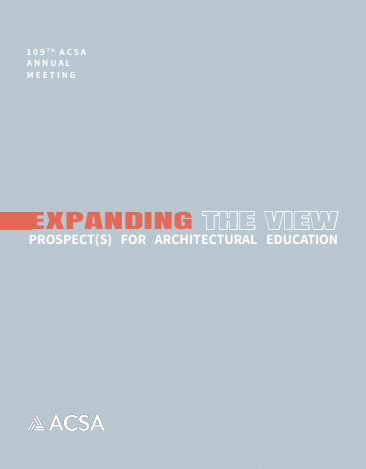Author(s): Courtney Crosson
Transportation systems have historically been designed to move the greatest number of vehicles as efficiently as possible across a city from point to point. However, streets also represent roughly 70-90% of cities’ public open spaces (NACTO, 2020). In addition to being conduits, streets act as an important amateur on which an array of public services can be built. Streets can be designed to provide multiple benefits across multiple modes of transit for aggregate network impact. The U.S. Department of Transportation defines the term Complete Streets as streets that enable “safe use and support mobility for all users (USDOT, 2020).” Green Infrastructure (GI) is defined by the Environmental Protection Agency as “reducing and treating stormwater at its source while deliv¬ering environmental, social, and economic benefits (EPA, 2020).” This paper integrates these two recognized concepts to design a “Complete Green Street” that reduced flooding for increased safety and equitable access while providing an array of community assets. Led through an University of Arizona upper-level design studio that was sponsored by the City of Tucson, the partnership used spatial mapping, quantitative analysis, hydrological modeling, and design inquiry to create a six-mile bicycle boulevard that is slated to be constructed from the northern to southern city limits, passing through the largest municipal park. This paper starts with a review of recent complete street, flood modeling, and GI literature. Then, research methods are outlined. Results are discussed for a set of four Complete Green Street prototypes: crowned streets, inverted crowned streets, curbed streets, and naked streets. Each of these four Complete Green Street prototypes were designed with a set of corresponding GI kit-of-parts based on the greatest flood reductions modeled for each condition. Based on the hydrological modeling performance results for these prototypical designs across the 6-mile bicycle boulevard, this research concluded that the greatest potential impacts for flood reduction were in locations with the largest existing right-of-way and moderate flooding levels. This paper argues that by working across disciplines and departments, new typologies for place-specific, multi-benefit street designs can be created and implemented. Complete Green Street design can expand multimodal accessibility and safety through flood reduction and increased community assets.
https://doi.org/10.35483/ACSA.AM.109.90
Volume Editors
ISBN
978-1-944214-37-1

 Study Architecture
Study Architecture  ProPEL
ProPEL 
